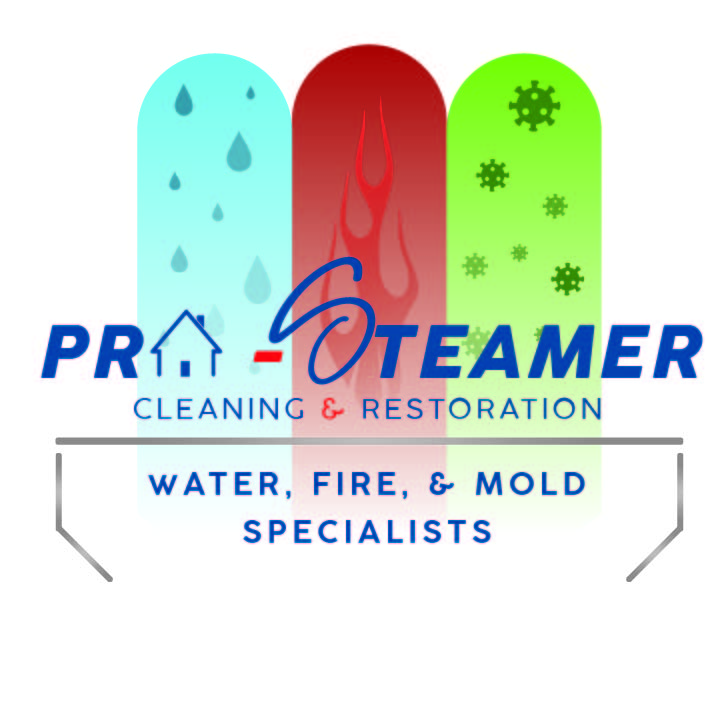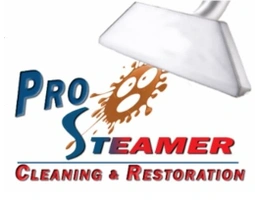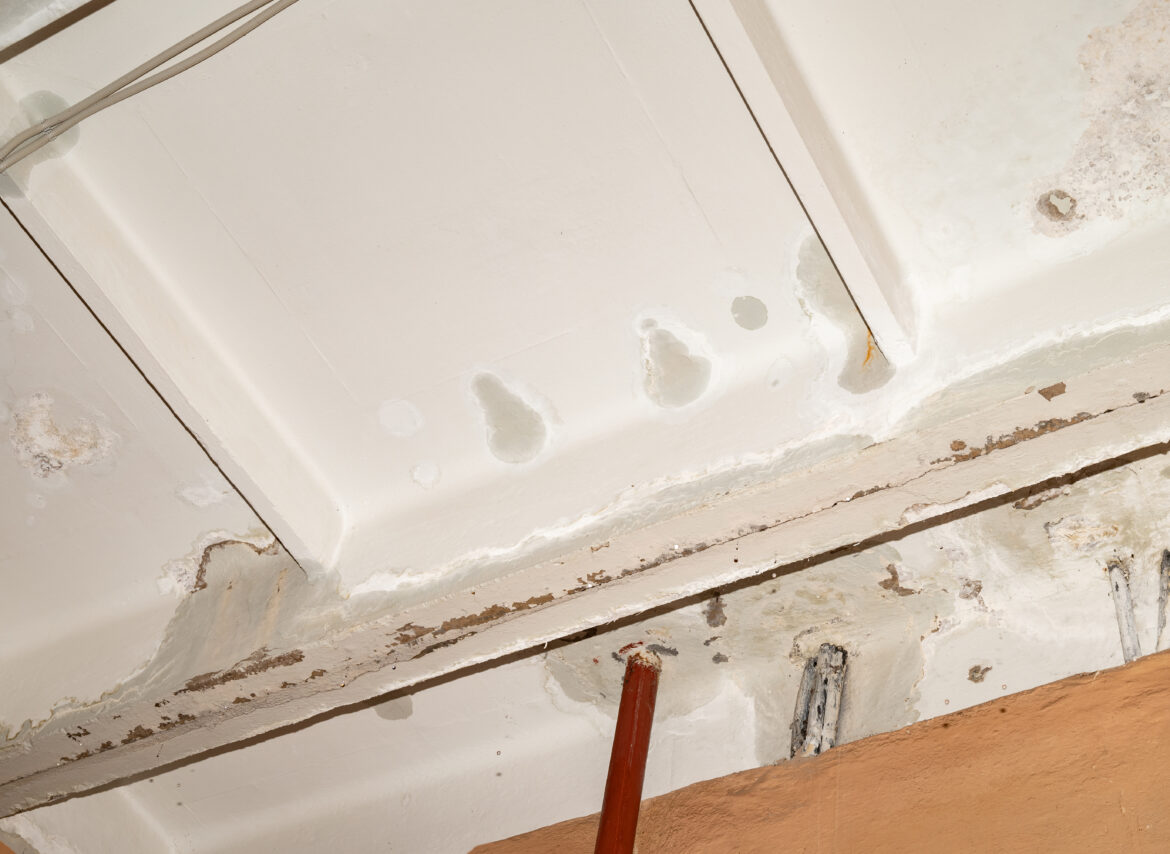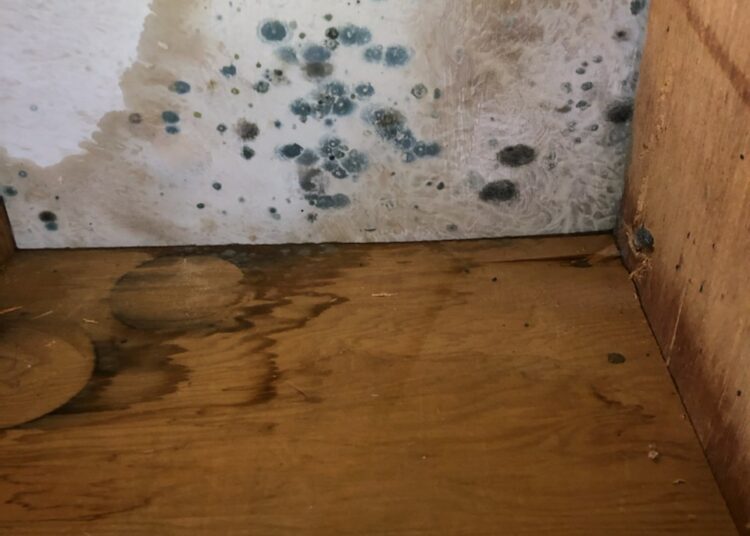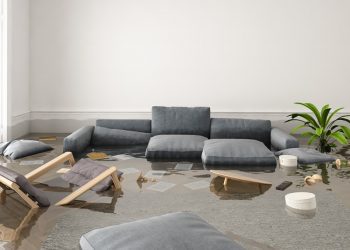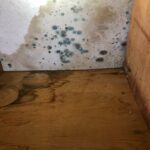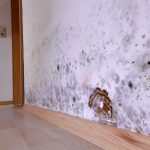Step 1: Identify the Source of Water Damage
Before repairing the ceiling, it’s crucial to determine where the water is coming from. Common sources include:- Roof leaks from damaged shingles or flashing
- Plumbing leaks from burst pipes or faulty fixtures
- HVAC issues such as condensation buildup
- Excess humidity causing moisture retention
Step 2: Remove Damaged Material
Water can weaken ceiling materials like drywall, plaster, or ceiling tiles. Remove any compromised sections by:- Wearing protective gear such as gloves, safety goggles, and a dust mask.
- Using a utility knife to cut out damaged drywall or tiles.
- Removing soggy insulation, if applicable, to prevent mold growth.
Step 3: Dry the Affected Area
After removing the damaged sections, thoroughly dry the ceiling to prevent mold and mildew. Use:- Dehumidifiers to reduce moisture levels
- Fans to circulate air and speed up drying
- Absorbent towels or sponges for any remaining damp spots
Step 4: Treat for Mold and Mildew
Mold thrives in damp conditions, making it essential to treat the affected area with anti-microbial solutions. You can use:- A mixture of bleach and water (1:3 ratio)
- Commercial mold removal sprays
- Vinegar and baking soda solutions
Step 5: Repair and Restore the Ceiling
Once the area is dry and mold-free, begin repairs:- Patch the Ceiling: Use new drywall or plaster to replace removed sections. Cut and fit pieces securely into place.
- Seal Joints: Apply joint compound to seams and smooth with a putty knife. Allow it to dry before sanding.
- Prime and Paint: Use a high-quality primer to seal the repaired area, then apply paint to match the existing ceiling.
When to Call a Professional
While minor ceiling repairs can be handled with DIY methods, significant water damage requires professional expertise. Signs that you should call Pro Steamer include:- Large-scale damage or sagging ceilings
- Persistent mold or mildew growth
- Electrical hazards due to water exposure
- Unidentified sources of water leakage
Preventing Future Water Damage
To avoid recurring ceiling damage, follow these preventive measures:- Regular Roof Inspections: Check for missing or damaged shingles.
- Plumbing Maintenance: Inspect pipes and fix leaks immediately.
- Humidity Control: Use dehumidifiers in high-moisture areas.
- Gutter Maintenance: Keep gutters clean to prevent water overflow.
